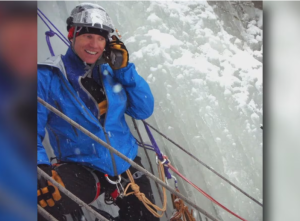KKTV, San Juan County, Colorado Investigators say the first tragic avalanche of the year in Colorado was caused in part by an unstable snowpack from erratic weather late last year.
In its final accident report on the Jan. 7 avalanche near Telluride, the Colorado Avalanche Information Centre (CAIC) published its conclusions on Tuesday.

The first line of the report stated, “This was a hard slab avalanche, small relative to the path but large enough to bury, injure or kill a person.” The ancient snow layers were penetrated by the avalanche. The faceted snow layer developed in December during dry weather.
The researchers found that a poor snowpack was created by an exceptionally snowy November and a mild, dry December. A fresh snowfall began on Christmas Eve and continued until January 5. When the skier left for Red Mountain Pass on the morning of the 7th, the outcome was an unstable snowpack concealed beneath two feet of soft, fluffy snow.
“If you find a shallow spot and collapse a hard layer of snow that rests above weaker snow below, you can trigger an avalanche that will be large enough to injure or kill you,” the report continued.
The avalanche killed 57-year-old Donald Moden Jr., a former member of the Ouray Mountain Rescue Team (OMRT).
“Affectionately known as ‘The Don,’ he left an indelible mark on our team, not only through his expertise but also through the camaraderie and friendship he brought to every mission. Our hearts are with Don’s family and friends during this difficult time. He will forever remain in our thoughts and in the history of our team,” OMRT said in a social media post Tuesday.
Moden was traveling alone, and CAIC said its investigators have not found anyone who saw the victim beforehand or witnessed the accident. Based on tracks and equipment, CAIC surmises that he was going downhill when the avalanche happened.
Leave a Reply